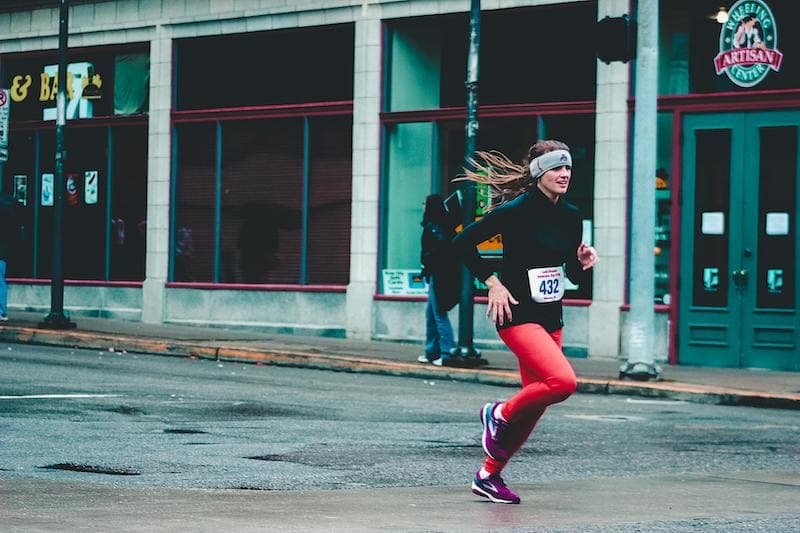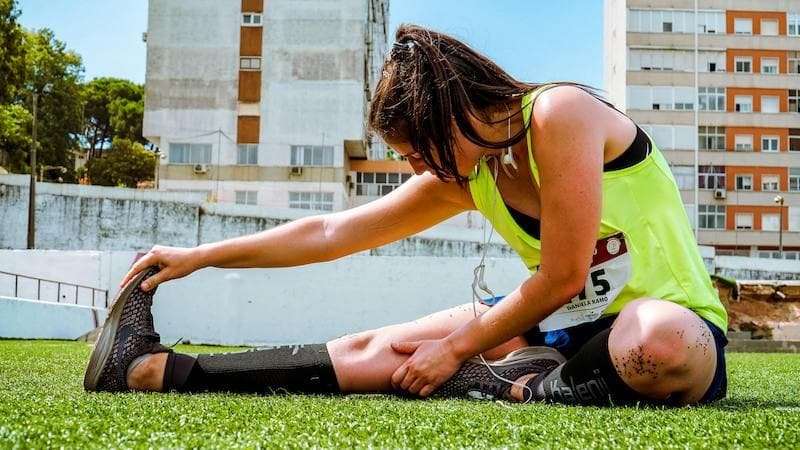
 Olivia Møller
Freediver - Activist - Explorer
Olivia Møller
Freediver - Activist - Explorer

 Olivia Møller
Freediver - Activist - Explorer
Olivia Møller
Freediver - Activist - Explorer
In the dynamic world of sports, injuries are an unfortunate reality that athletes often face. Whether it's a minor sprain or a severe ligament tear, injuries can have a significant impact on an athlete's performance and overall well-being. However, with proper prevention, timely treatment, and effective recovery strategies, athletes can minimize the risk of injury and expedite their return to peak condition. In this comprehensive guide, we'll delve into the various aspects of injuries in sports, exploring prevention techniques, treatment options, and strategies for rehabilitation.
Sports injuries can occur in various forms, ranging from acute traumas like fractures and dislocations to overuse injuries such as tendonitis and stress fractures. While the nature and severity of injuries may vary, they often share common underlying factors, including inadequate warm-up, improper technique, overtraining, and biomechanical imbalances. By understanding the mechanisms behind these injuries, athletes and coaches can implement targeted preventive measures to mitigate risks.

Preventing sports injuries begins with proactive measures both on and off the field. Proper warm-up routines, including dynamic stretching and mobility exercises, help prepare the body for physical activity and reduce the likelihood of muscle strains and tears. Additionally, emphasizing proper technique and biomechanics during training sessions can help prevent overuse injuries caused by repetitive movements. Athletes should also prioritize rest and recovery, as inadequate rest can lead to fatigue and increased susceptibility to injuries. Furthermore, incorporating strength and conditioning programs tailored to specific sports can improve muscular strength, endurance, and resilience, reducing the risk of injuries during gameplay.

The use of appropriate sports equipment and safety gear is paramount in injury prevention. Moreover, ensuring that equipment fits properly and is well-maintained can further enhance safety and reduce the risk of accidents. In sports with a high risk of concussion, such as football and soccer, the implementation of concussion protocols and regular neurocognitive assessments is crucial to identifying and managing head injuries promptly.

Despite preventive efforts, injuries may still occur during sports participation. Prompt and appropriate treatment is essential to minimize the severity of injuries and facilitate recovery. Immediate first aid measures, such as R.I.C.E. (Rest, Ice, Compression, Elevation), can help alleviate pain and inflammation following acute injuries like sprains and strains. For more serious injuries such as fractures and dislocations, seeking medical attention from a qualified healthcare professional is imperative to ensure proper diagnosis and treatment. Depending on the nature and extent of the injury, treatment options may include physical therapy, rehabilitation exercises, bracing or casting, and in some cases, surgical intervention.

Rehabilitation plays a vital role in the recovery process, helping athletes regain strength, mobility, and function following an injury. Rehabilitation programs are often tailored to the specific needs and goals of the individual, incorporating a combination of therapeutic exercises, manual therapy techniques, and modalities such as ultrasound and electrical stimulation. Additionally, gradual progression and careful monitoring are essential to prevent re-injury and optimize long-term outcomes. While the physical aspect of recovery is critical, addressing psychological factors such as fear of re-injury and emotional distress is equally important in promoting a holistic recovery.

Returning to sports after an injury requires a systematic approach to ensure that athletes are fully recovered and ready to resume activity safely. A structured return to play protocol, guided by healthcare professionals and sports medicine experts, helps assess an athlete's readiness and gradually reintroduce them to sport-specific activities. This protocol typically involves progressive stages of activity, starting with low-impact exercises and gradually increasing intensity and duration over time. Close monitoring of symptoms and performance indicators throughout the rehabilitation process allows for adjustments as needed, ensuring a smooth transition back to competition.

Injuries are an inherent risk in sports, but with proper prevention, timely treatment, and effective rehabilitation strategies, athletes can minimize their impact and optimize their performance. By understanding the factors contributing to injuries and implementing proactive measures, athletes can stay healthy, resilient, and prepared to excel in their chosen sport. Whether it's incorporating injury prevention techniques into training routines, utilizing appropriate safety equipment, or adhering to a structured rehabilitation program, prioritizing athlete safety and well-being is essential in fostering a culture of health and longevity in sports.